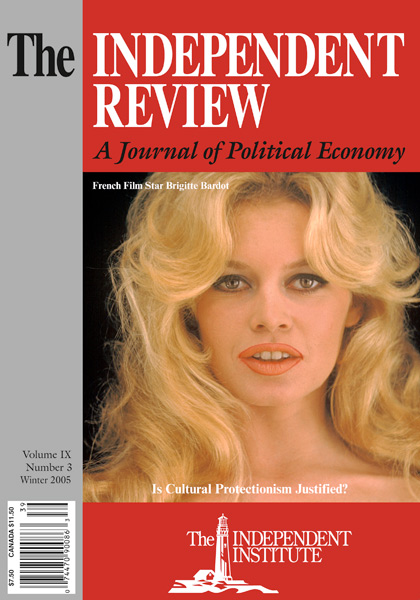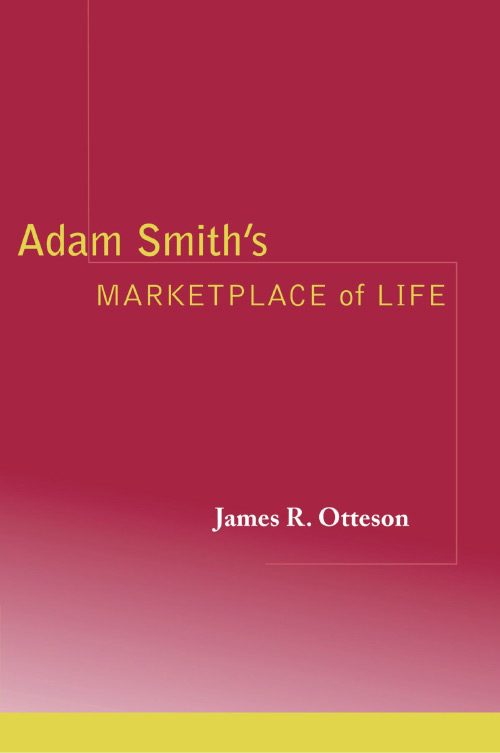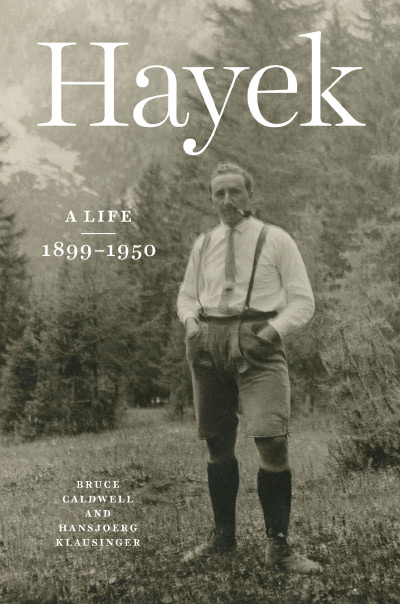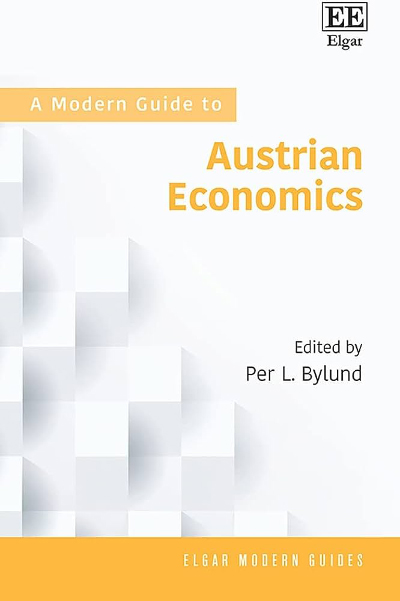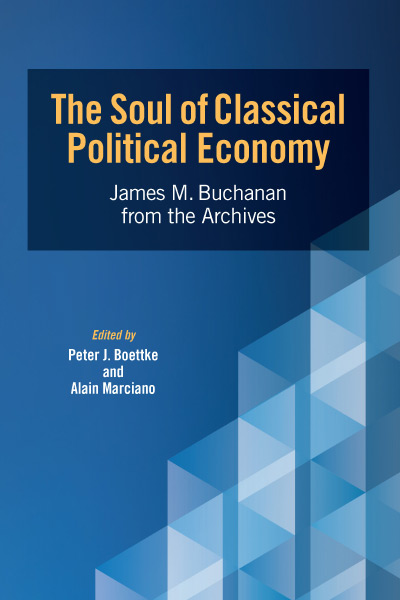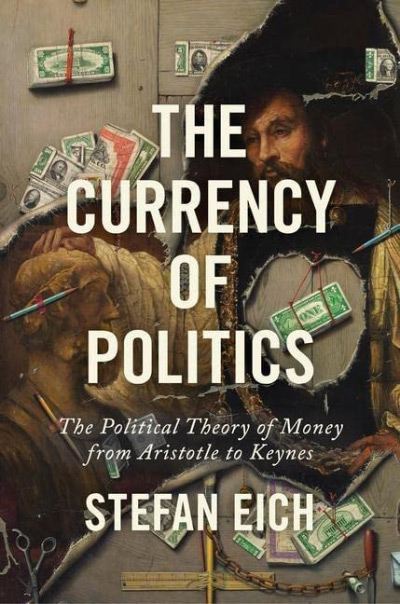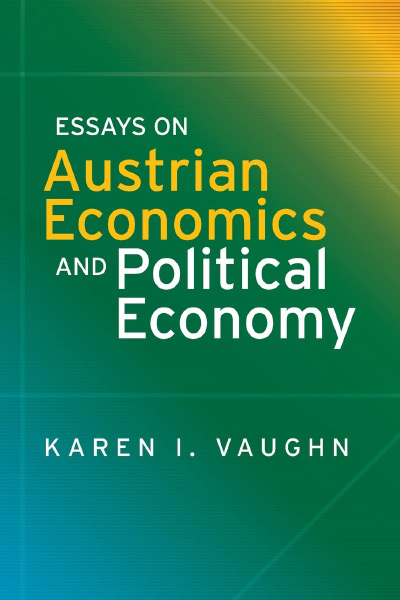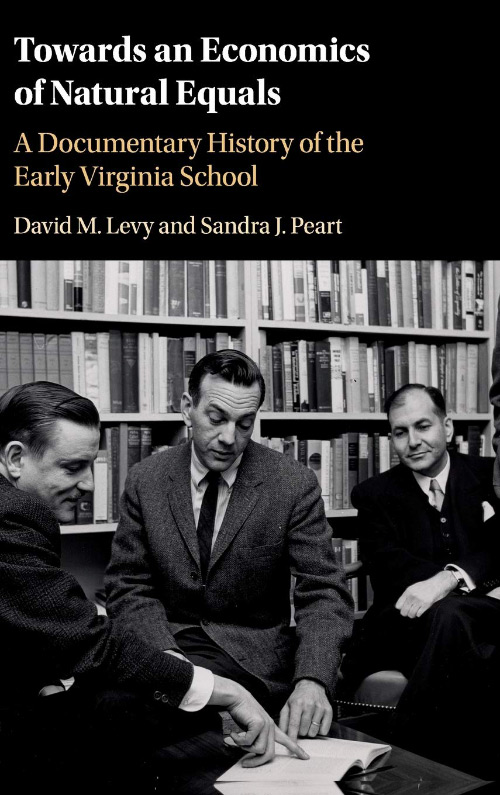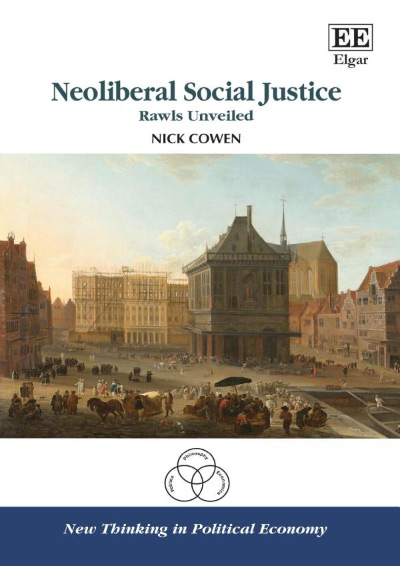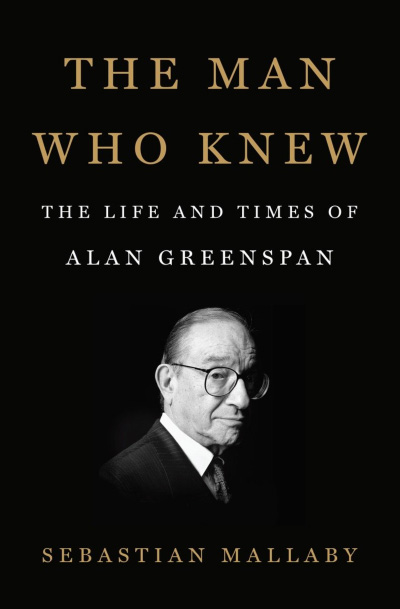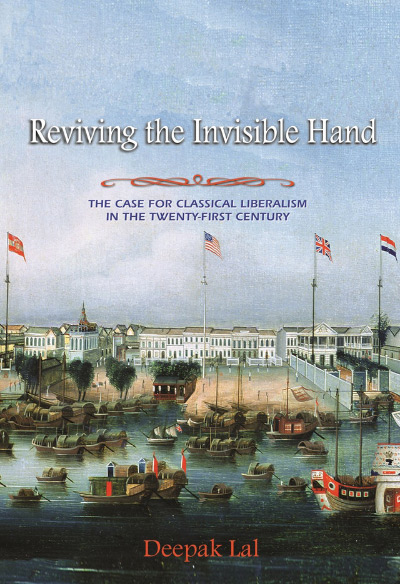As James Otteson points out in the introduction to Adam Smith’s Market Place of Life, in recent years Adam Smith’s work has received a great deal of scholarly attention, including important studies of the specifically philosophical underpinnings of his thought. In Otteson’s view, however, the world still lacks a “sustained examination” of the approach Smith develops in The Theory of Moral Sentiments and a concomitant account of its connections to other parts of his wide-ranging corpus. Otteson aims to remedy this deficiency by focusing on the idea Smith develops famously in his Wealth of Nations: that the “unintended order” called the “market” emerges naturally “from the free, everyday interactions of people with one another as they strive to satisfy their interests” (p. 8). Otteson, however, urges that this “market model” be interpreted as the unifying theme of Smith’s overall system, that it organizes not only his approach to economic relations but informs his view of institutional arrangements in general, be they linguistic, governmental, juridical, legal, or religious (p. 287). In this view, Smith “generalized” the concept of the market to explain “all of human social customs and interactions” (p. 7) and to reach a “foundational understanding of the overall development and evolution of human social institutions” (p. 321).
Otteson defends this bold thesis over the course of seven chapters and a conclusion. The early chapters are devoted to chiseling out, with great care and attention, the “four central parts of Smith’s moral theory” (p. 8) from which Otteson plans to “construct” the proposed model. Chapter 1 unearths Smith’s “technical” concept of sympathy—the “correspondence or harmony between the sentiments of the person principally concerned and the spectator” (p. 18)—and describes the “impartial spectator procedure” through which agents check their actual, private sentiments against a spectator’s imagined sentiments. A version of this process, says Otteson in chapter 2, underlies Smith’s treatment of “conscience,” the “inner judgment” that arises from applying the impartial-spectator procedure to our own actions and sentiments. Otteson shows how, against the backdrop of human nature, especially the desire for mutual sympathy, tempered by love of self, in Smith’s view the “perspective of a disinterested third party” functions to transform private experience into the standards (“general rules”) that make objective moral judgments possible.
The core of Otteson’s argument, however, is contained in chapter 3, where he proceeds to arrange these parts into the “market model.” Although The Theory of Moral Sentiments (1759) was composed some years before The Wealth of Nations (1776), Otteson claims that Smith’s moral philosophy “adheres to a framework that ... has central elements of a system of unintended order modelled on an economic market” (p. 124). The elements of making moral judgments—sympathy, the impartial spectator, conscience, and human nature—combine to form one example of “large-scale market at work” (p. 102), where “free exchanges among participating people give rise, over time, to an unintended system of order” (p. 101). If Otteson is correct, this parallel is remarkably close: both spheres reveal a “motivating desire” (to better one’s position, achieve mutual sympathy), are governed by “rules” (justice, propriety, and merit), are sustained by a “currency” (goods and services, sentiments and moral judgments), and produce an “unintended system of order” (an economy and a moral order, respectively) (pp. 124, 286–87). The same parallel, Otteson urges in chapter 7, applies to Smith’s treatment of language (pp. 258ff.) and (a topic for “another book) holds “the key to understanding the creation, development, and maintenance of human social life generally” (p. 287).
This is heady stuff, and one cannot but share the enthusiasm with which Otteson works out the details of his view. Impartiality and the cool head of the disinterested spectator, however, reveal a foundation somewhat less sound than the author’s easy prose style might suggest. One major stumbling block for Otteson is that Smith himself never speaks of morals in the language of a market, which no doubt accounts for the dearth of evidence mustered from Theory of Moral Sentiments to support the proposed view. The claims about the four parts of Smith’s moral philosophy are sound, but the further claim that Smith intended them to be assembled in the way Otteson suggests involves perhaps more faith in the value of speculation than many students of Smith would accept. The subsequent “large claim” that the model extends to “social life generally” appears to be wishful thinking. Further—and perhaps the reason why Smith himself did not construct the model for us—Otteson’s thesis seems plausible only if the market is defined at the very general level of “orderly systems of exchange” (p. 277). What, one wonders, does such a model effectively exclude? Something is awry with Otteson’s classification here, so that under the guise of motivating desires, rules, currency, and unintended order, otherwise superficial similarities appear as important connections. What is missing from Otteson’s discussion is any hint that working at such a level of generality obscures fundamental differences between economic and moral life, a thought that might well have occurred to Smith. Morality, after all, does not involve the formal relations of contract that typify a market economy, and free trade tends toward a homogeneous market (capitalism), whereas ethical life, as Otteson admits at one point (p. 218), produces a wide diversity of moral practices. Being ethical, moreover, for Smith as for many eighteenth-century thinkers, is a matter of character, which depends in turn on reflection and soul-craft developed over the course of a lifetime. The economic system produced through truck, barter, and trade might be extended metaphorically to sharpen the general outlines of moral life, but that possibility does not make the two orders similar in kind.
Such, at least, are questions Otteson might have raised and resolved. He moves, instead, to put his model directly to good interpretative use. In chapter 4, he applies it to that old saw of Smith interpretation, the “Adam Smith Problem” of why benevolence, which looms so large in Theory of Moral Sentiments, gets barely a mention in Wealth of Nations. After judging various extant solutions inadequate (pp. 156ff.), Otteson concludes that Smith’s “conflicting pictures of proper human motivation” constitute a “real” problem, but that the market model shows the works to be “fundamentally consistent” (p. 197). The market provides a “single conceptual model” underlying both books (p. 171), Otteson contends, and the “familiarity principle”—that “people’s natural benevolence toward others varies directly with their familiarity with them” (p. 171)—explains why self-interest should be the “primary (and morally proper) motivation” (p. 188) in economic pursuits, as treated in Wealth of Nations. Similarly, in chapter 6, Otteson draws on his earlier discussion to argue that Smith’s moral theory is normative because “it conduces to the overall welfare of society and to the general flourishing of individuals” (p. 221). Much here depends on the view that the market model is as fundamental to Smith’s account as Otteson claims, and if one is unconvinced by that view, its interpretive extension necessarily loses some of its force.
If Otteson is unable to follow through convincingly on his larger project of unifying Smith’s thought through the market, however, many of the details of his study recommend it to students of Smith and of eighteenth-century thought more generally. There are interesting discussions of, inter alia, the famous “two persons” passage from Theory of Moral Sentiments (p. 113) in terms of two streams of consciousness vying for attention (pp. 78ff.) and of the relation between praiseworthiness and the desire for mutual sympathy (p. 89). Otteson also offers an informative discussion of Smith’s appeal to both final causes, which reflect utility and general happiness, and efficient causes, which are manifest in individuals pursuing their own interests (pp. 239ff.). There are also engaging moments in Otteson’s regular appeals to Hume—on sympathy (pp. 30ff.), utility (pp. 50ff.), and the unintended order of morality (pp. 118ff.)—to delineate the fine grain of Smith’s own philosophical originality. A little too often, perhaps, Otteson’s Hume appears more as a whipping boy for a committed Smithian than as a point of comparison for clarifying the issue at hand, and at times his presentation of Hume’s philosophy is questionable. For example, Otteson makes much of the criticism that Hume focuses exclusively on utility (p. 31 and passim), as if Hume had never spoken of “qualities immediately agreeable” to ourselves and others, and he defends the rather odd view that Hume’s treatment of causality commits him to the admittedly hopeless idea that we need to “discover the remote consequences of actions before we are able to discover their utility” (p. 82). Hume’s actual point, of course, is that causal reasoning enables us to know things about the future, albeit based on past experience and probabilistic reasoning.
Despite its drawbacks, however, Otteson’s study should be read as a genuine and provocative attempt to interpret Smith’s thought and as a timely and valuable contribution to the current Smith literature.

